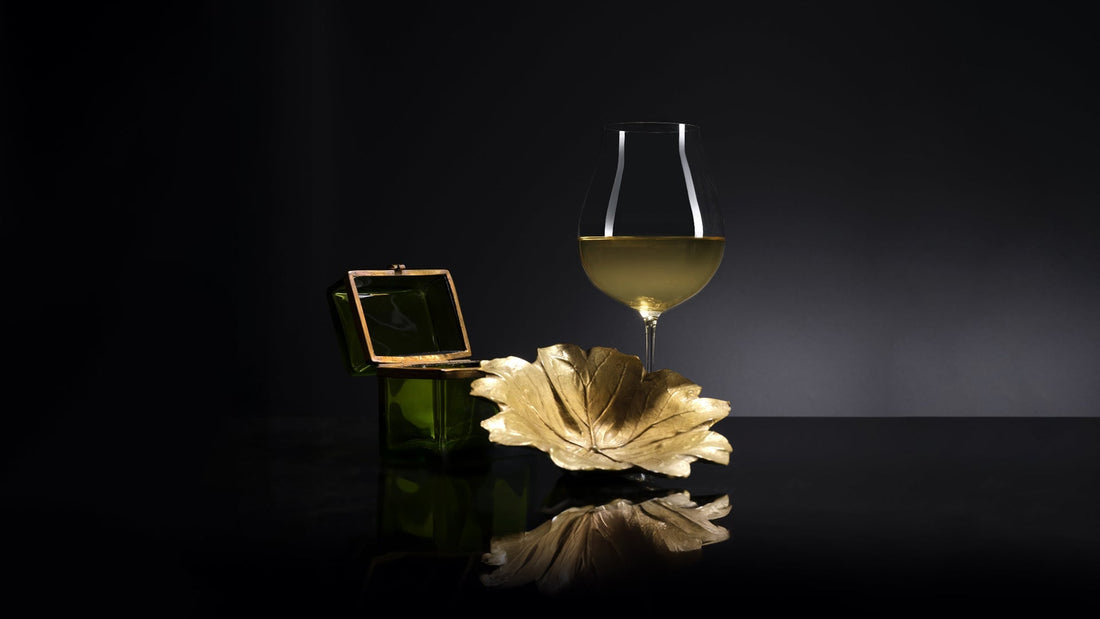History of Riesling
Riesling is a noble white grape variety originating from Germany, where it has been cultivated since the 15th century. It is most famously grown in the Mosel, Rheingau, and Pfalz regions of Germany, as well as Alsace in France and Austria. In recent decades, Riesling has gained popularity in New World regions such as Washington State, Australia’s Clare Valley, and New Zealand. Known for its exceptional aging potential, Riesling can produce a range of styles from bone-dry to lusciously sweet.
Tasting Notes of Riesling
Riesling is highly aromatic and often displays floral notes, citrus, and stone fruit flavors such as green apple, peach, apricot, and lime. Its natural acidity provides a crisp, refreshing profile, balanced by varying levels of sweetness. Riesling from cooler climates tends to be more mineral-driven, with slate and petrol-like characteristics emerging as the wine ages. Sweeter Rieslings develop honeyed and tropical fruit notes over time.
Winemaking Styles of Riesling
Riesling is one of the few white grape varieties capable of producing a full spectrum of wine styles. Dry Rieslings are crisp and zesty, while off-dry versions have a slight touch of sweetness that balances their acidity. Late-harvest Rieslings, including those affected by noble rot (botrytis), yield intensely sweet dessert wines like German Trockenbeerenauslese and French Sélection de Grains Nobles. Most Rieslings are fermented in stainless steel to preserve their freshness and bright fruit character.
Food Pairings
Riesling pairs exceptionally well with spicy dishes, particularly Thai and Indian cuisine. It also complements pork, duck, seafood, and creamy cheeses like Brie and blue cheese.


